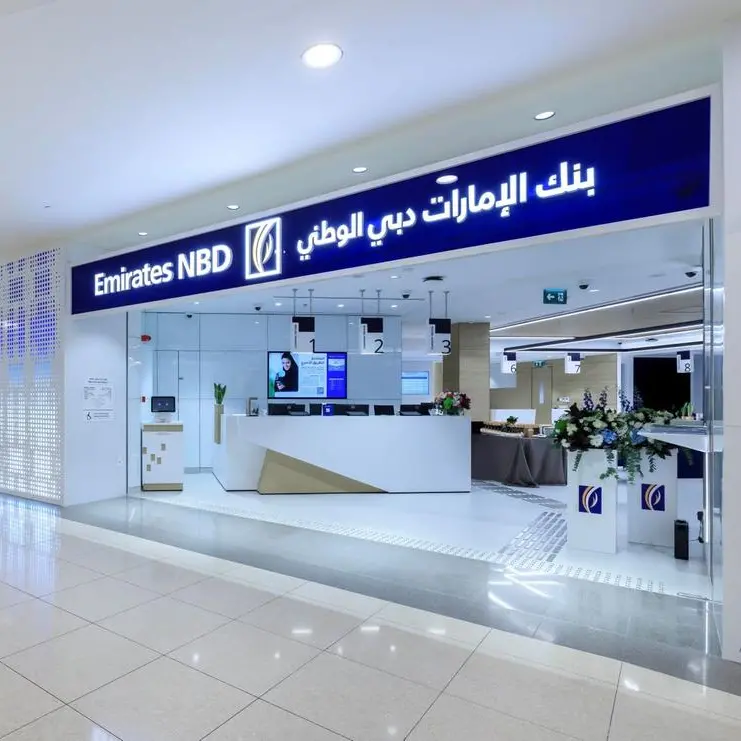PHOTO
The traditional boundaries that existed between life and work have been redrawn forever, primarily due to the ‘consumerization of IT’ trend, but also the flexibility this has afforded business and employees alike. Emails no longer pile up, IM’s are answered in seconds and applications are being optimized for mobile users on the go.
What’s less well established is the extent of mobility’s benefits on businesses of today. At Aruba we’re often asked questions seeking to quantify these improvements: How much more productive is my workforce? What’s the impact of mobility on hiring and retention? Are mobility benefits distributed equally across workers of all ages?
Which is why we recently conducted a global workforce mobility study with the Economist Intelligence Unit (EIU). It provided actionable insights into the benefits of investing in mobile-optimization technologies that improve employee engagement and drive business outcomes.
GenMobile is an Ageless Demographic
First, the study debunked the common misconception that Millennials benefit the most by being mobility-enabled. It’s simply not true. Instead, the research shows workers across the age spectrum – from 18-65 – have exceptionally similar perspectives around the importance of mobility and mobile-optimized workplaces. Among the findings: 100% of employees own a smartphone, use an employer-issued smartphone or both. In other words, all employees are now GenMobile, which is an ageless demographic best described by an affinity for mobile devices rather than birth year. For decision-makers considering which technologies impact their business, the implications of this GenMobile finding can’t be overstated. Every employee is mobility-enabled, and whether or not a business take advantage of this has a direct impact on business performance. Clearly, these findings indicate that optimizing workplace mobility is now a strategic imperative for corporate success.
Mobile-optimized Goes Beyond Wi-Fi
Next, it’s critical to understand that optimizing workplace mobility goes beyond providing a high-performance Wi-Fi. It’s about taking the tools that empower the creative and collaborative spirit found everywhere on university campuses, which is a fundamental requirement for any enterprise to be innovative, and making them widely available at your organization.
For example, our study showed leading-edge mobilizers are twice as good at delivering work flexibility and collaboration tools, such as Skype for Business, which allow for seamlessly turning a hallway conversation into a productive group activity. They are also three times better at supporting anywhere, anytime workspace designs, like hot desking. Such workspaces provide employees with options to interact with whoever is appropriate on a given day or for a given project.
Mobile-optimized companies demonstrate other competitive advantages, some of which include:
• 1.5 times better at work/life balance.
• 2.5 times better at fostering innovation and creativity.
• More than twice as good at getting the most from their employees.
Recovering 320 Hours, Per Person, Annually
So what does the survey say about the productivity gains companies can expect from a robust mobile environment? Quite a lot. At mobility-optimized companies, projects that typically take an individual eight hours to complete are done in about seven. That’s a net gain of approximately an hour per person, or 16%, regardless of organization size, type or region.
To put this in perspective, 16% of productivity regained per eight-hour workday adds up to about 320 hours per year, taking standard holidays into consideration. That’s like realizing over eight extra weeks of output, per employee. At scale, this benefit is tremendous. For a global organization with 10,000 employees, that’s 3.2 million hours of productivity recovered annually, or 80,000 weeks.
Effects on Attracting and Retaining Top Talent
Beyond productivity, when we speak to employers we commonly hear about the importance of attracting and retaining the right talent to drive innovation. In primary markets, competition is particularly fierce. Some businesses tell us they chronically struggle to compete for the best employees.
Insights from our study show why. Overall, companies at the mobility forefront are three times better at attracting workers. They also enjoy higher retention rates, reporting 21% greater employee loyalty. From an employee perspective, a quarter of all workers (25%) say robust mobility is the primary factor for accepting a job. This means engaging the best talent requires optimizing mobility. Equally, limiting mobility means constraining – or even alienating – existing workers.
The Bottom Line
Despite the emphasis on creating “mobile-first” workplaces, our research suggests only about 11 percent of all companies are mobile-optimized. In contrast 50% of organizations were judged to be behind the curve in mobility. For mobility leaders, this means ongoing investments are needed to stay ahead of the pack. Adopting new innovations and maximizing existing systems are equally important.
All other companies stand to gain considerable advantage by changing approach. With careful and strategic mobility-enhancing investments, there lie great opportunities to improve market position relative to competitors.
Mr. Ammar Enaya serves as Regional Director, HPE Aruba, Middle East & Turkey. He has several industry IT certifications in designing and implementing data and voice networks, including Internet service provisioning, IP telephony, and wireless networks. Prior to this role, he worked at Cisco Systems as the sales manager for the oil and gas sector in Saudi Arabia. He also previously worked as a Middle East technical manager at Fore Systems.
About Ammar Enaya
Mr. Ammar Enaya serves as Regional Director, HPE Aruba, Middle East & Turkey. He has several industry IT certifications in designing and implementing data and voice networks, including Internet service provisioning, IP telephony, and wireless networks. Prior to this role, he worked at Cisco Systems as the sales manager for the oil and gas sector in Saudi Arabia. He also previously worked as a Middle East technical manager at Fore Systems.
© Business Islamica 2017























